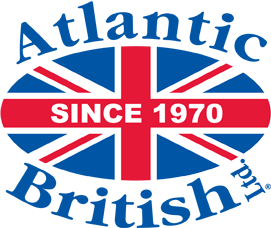By the early 2000s, the Discovery Series II was still selling strong. However, the design, not wildly changed from the original Discovery 1 of 1989, was a bit long in the tooth. Land Rover, now under the ownership of the Ford Motor Company, was also going away from body-on-frame solid-axle vehicles, except for the Defender. It was time for a clean-sheet Discovery to take it into the 21st century.
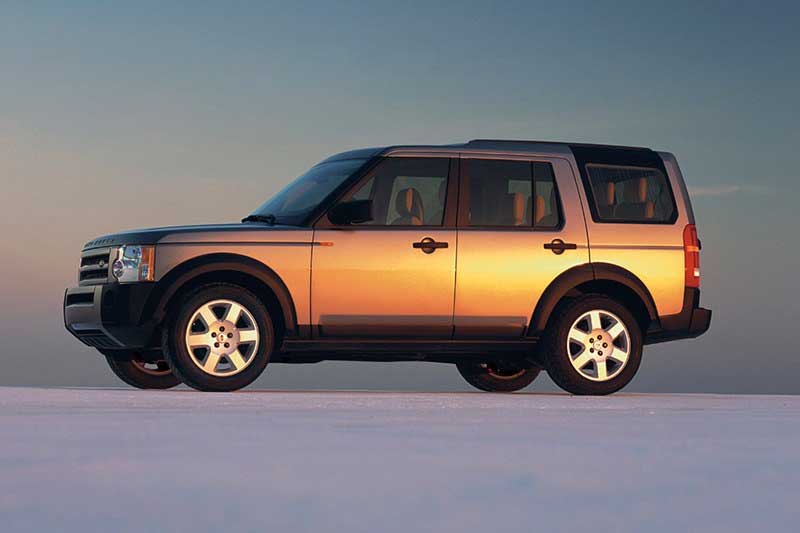
Land Rover's design was now in the hands of Geoff Upex, and for the first time, art was a significant focus of the Discovery's design. However, Upex did not feel that design had to trump utility here. Discovery 3 had to be boxy, airy, and useful. Concessions to design had to carry a useful purpose, too.
There would be one other change. The Discovery name had become somewhat tarnished in North America due to a variety of issues with Discovery 1s and 2s. Though they retained a devoted fan base, Land Rover decided to try a name change to distance the clean-sheet vehicle from the Discovery reputation. Following an alphanumeric trend in luxury automobiles in the early 2000s, they came up with the incredibly creative "LR3." In the rest of the world, the truck was the "Discovery 3."
The new LR3 (we'll use the North American names here, being a North American blog) sat on a hybrid of a monocoque body and a ladder chassis, with an independent suspension. In North America, it carried the Jaguar 4.4-liter V8, with a rare V6 version utilizing a Ford Explorer engine for a few years.
The design was familiar and yet different. The bump in the roof was still there, which allows for Land Rover's trademark stadium seating layout, but the alpine windows in the cargo area now bled right into the rear quarter windows. There was no more tire on the back, but the rear windscreen was still asymmetrical. However, now that was to allow for a unique tailgate design. The rear opened like a Range Rover, with an upper and lower tailgate, but the cutout made it easier to load the gate from one side, or with only the top half open. It also created a sheltered seat in the rain.
The character line down the side was interrupted on the doors because according to Upex, "(The line) is not necessary. My designers and I thought it superfluous." For the same reason, there was only an air intake vent on one side -- the vehicle only needed one on one side, so to make a fake one was pretentious and unnecessary.
As far as technology went, the LR3 introduced a real game changer -- the Terrain Response dial. The driver could choose one of five terrain modes, and the vehicle’s computers would tune every part of the driveline and suspension to optimize travel. Over the past fifteen years, this feature has trickled down to a huge number of other SUVs and crossovers.
The LR3 was a strong seller, coming on the market in late 2004, overlapping with the final Discovery 2 sales. The launch was accompanied with a TV ad campaign featuring 1960s Seattle garage band The Sonics' rendition of the classic "Have Love, Will Travel," with a young driver taking his LR3 from the city to the literal edge of the world -- the truck teetering off a giant, flat slab of magma and crust.
A reliable seller, the LR3 chugged along in the marketplace. Sales dipped significantly in the late 2000s alongside the global economic crisis, and never totally recovered to the 20,000+ trucks a year they sold in North America in 2005 and 2006, but that wasn’t really Land Rover’s fault. What was originally a polarizing shape began to be respected as a modern icon, capturing the zeitgeist of early 2000s British design. It would even get its own "event cred" as a feature vehicle in the 2006 G4 Challenge.
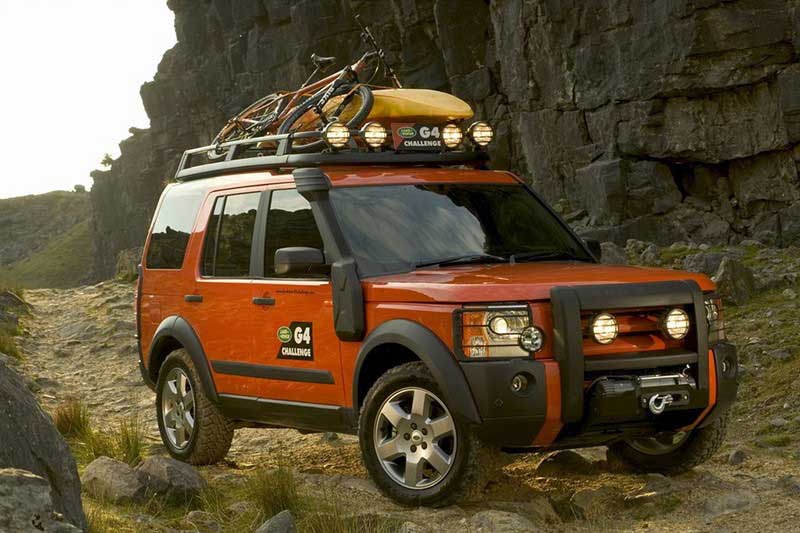
By the late 2000s, the only issue that some buyers seemed to have with the LR3 was its relatively simple interior. The same chassis had been used to create the first generation Range Rover Sport, and as Land Rover moved that little bit more upmarket, the LR3 was looking a little basic. New Director of Design Gerry McGovern tweaked the vehicle, upgrading the interior with more leather and high-end materials while updating the fascia and lights. The engine also switched to the 5.0-liter Jaguar V8 found in the Range Rover line.
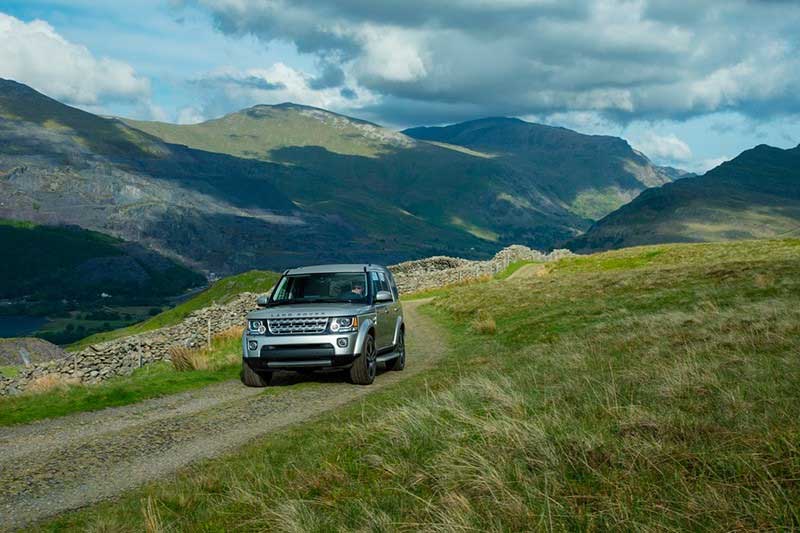
In 2013, the millionth Discovery rolled off the line, and Land Rover celebrated by sending it on a "Voyage of Discovery," from Solihull to Singapore in the footsteps of the iconic 1956 "First Overland" voyage.
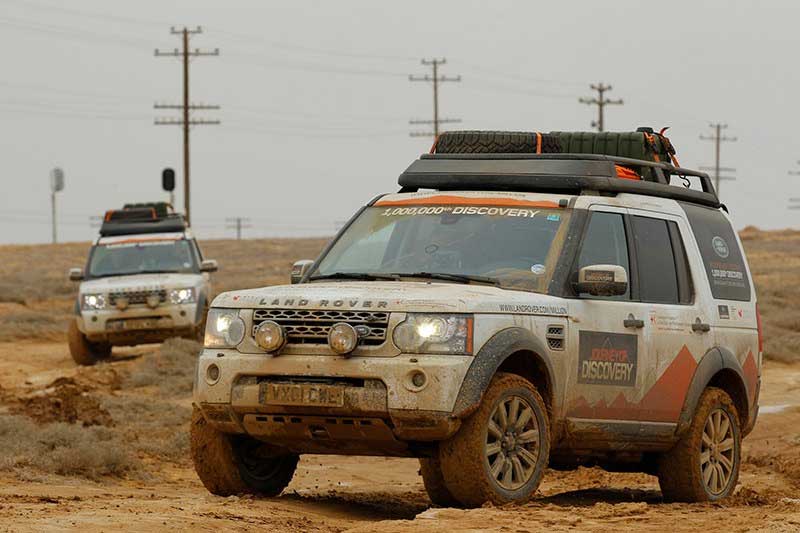
In 2014, there were a final set of changes to this now-venerable vehicle, with the V8 replaced by a 3.0-liter V6, and the twin-speed transfer box becoming an option -- for the first time in Discovery's history. More Discos were driven on-road than off, and fuel consumption regulations were tightening, so any weight cuts helped the corporate average fuel economy standards, while not negatively impacting most buyers.
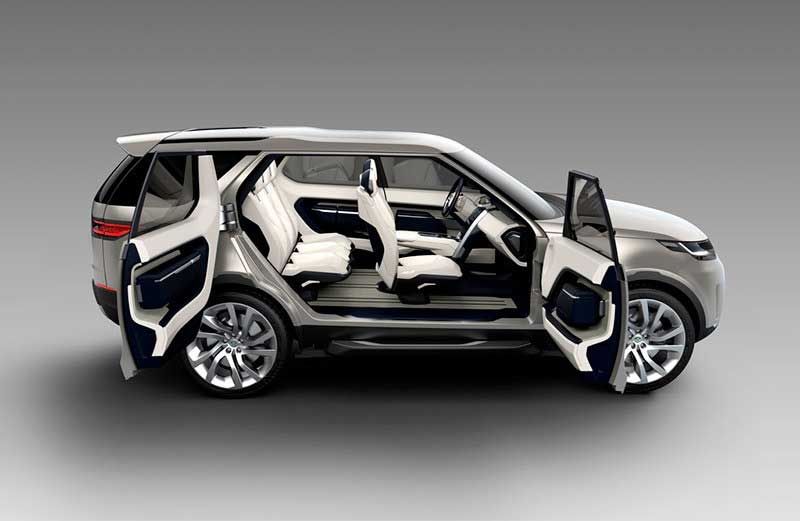
As the entire Range Rover line had been replaced, and the Freelander 2/LR2 was replaced wholesale with the Discovery Sport, creating a Discovery "family," the LR4's time was limited. At the New York International Auto Show in 2014, the Discovery Vision concept showed what was to come for the Discovery. The suicide doors and see-through bonnet didn't make it to the final version, but it was otherwise effectively what the world came to know as the All-New Discovery in late 2016. With a goal to bring in new buyers who hadn't considered Discovery before, the design was softer.
Though it's not called Discovery 5 by Land Rover, after 28 years habits die hard, and the name has stuck with enthusiasts. This was again a true clean-sheet design, but this time the changes were more jolting than they had been in 2004, penned by Gerry McGovern with a heavy hand.
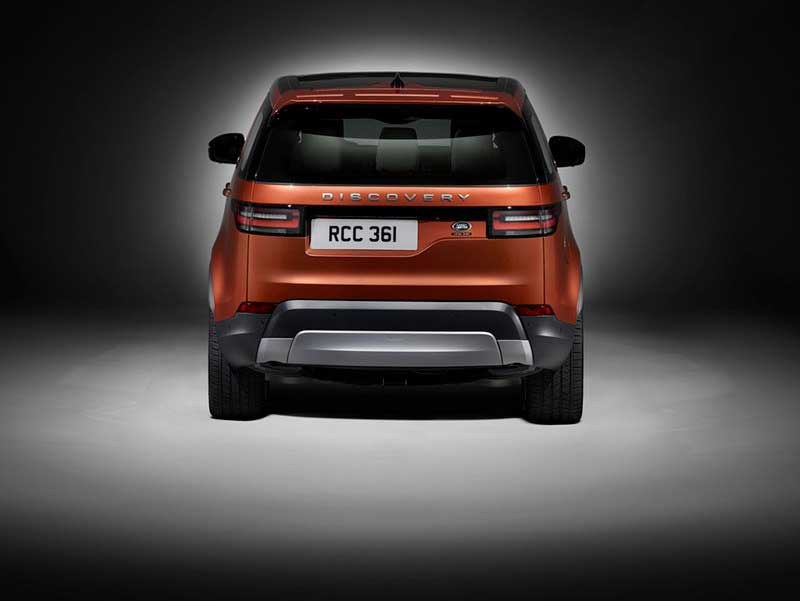
The asymmetrical rear windscreen was gone, as was the two-piece tailgate replaced spiritually by a liftgate and an off-center license plate that has become more infamous than iconic. The front end carried spry cues of the Range Rovers. Though enthusiasts are warming to it somewhat two years later, it was a sharp contrast to the now-beloved LR4.
However, whatever one thinks of its polarizing looks, it's certainly capable. Available with the 3.0-liter gasoline V6, there's also an option Land Rover enthusiasts have been clamoring for many years -- a diesel V6. In fact, with the domino effect coming off of Volkswagen's 2015 Dieselgate scandal, Land Rovers are now some of the few family-size SUVs with a diesel option and a powerful and torquey one at that. Various electric, plug-in hybrid, and mild hybrid drivetrains are sure to come in the coming years. The off-road technology is even more high-tech, and a far cry from the mechanical LT230 transfer box and solid axles of 1989.
At 30 years old, the Discovery certainly looks very different, and it fills a very different market segment. However, the cobbled-together truck of the late 1980s that possibly saved Land Rover still earns its keep as the bread and butter all-around hero of the line. Its balance of comfort and utility combined with its relative accessibility both new and used has made it the gateway drug to Land Rovers for many an owner.
It's the "Truck that Launched a Thousand Adventures," with its Camel Trophy pedigree and funky styling making even a trip to the supermarket exciting. Though the Series and Defender conquered the world, it's a valid question whether the sheer number of people who left their comfort zone and saw something new because of a Discovery made a more significant impact on humanity.
The best definition of the Spirit of Discovery may be the video Land Rover made for its 25th anniversary five years ago -- four minutes of video clips from owners themselves, getting out and seeing the world through the alpine windows.

